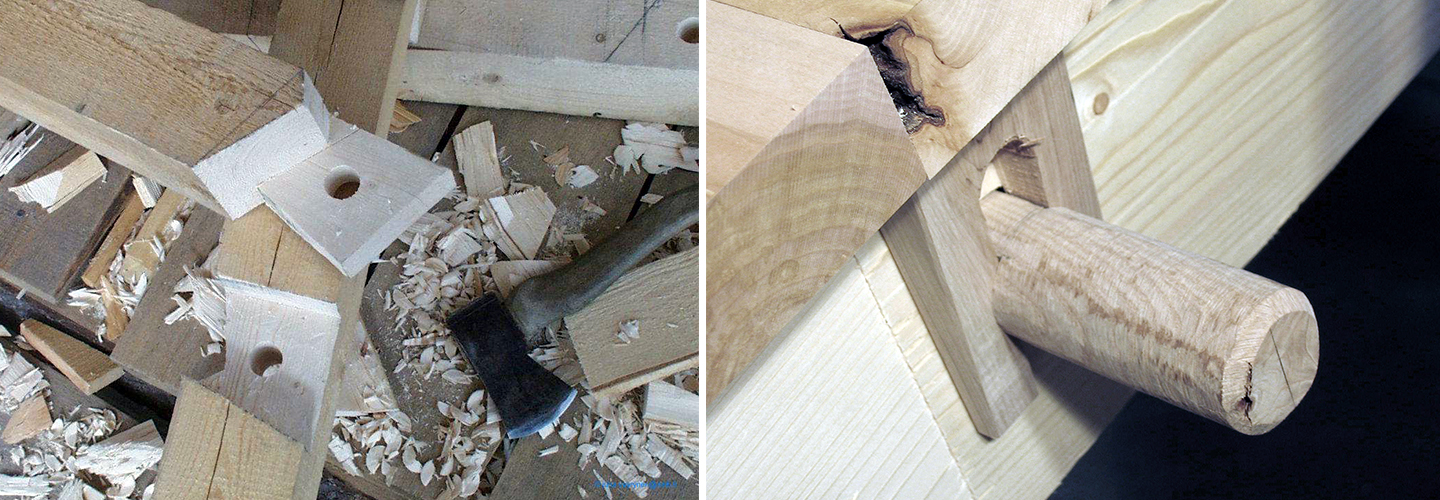Joints and their design and manufacturing control are central to the construction of buildings, furniture and utensils. Understanding them technically and materially is the key in all wooden structure design. Some of these may require different reinforcements, bindings and glues, but many also function properly with just wooden parts

The key characteristics of wood joints, such as strength, flexibility, toughness and appearance, are also directly dependent on the properties of the wood material that is used. Therefore, different jointing techniques are always selected according to the requirements. The application and the stress on the joints are key criteria in this selection.
Each culture has its own traditions in the manufacture of wooden structures. Joint techniques have been recorded and passed down to the next generations, especially in the Chinese and Japanese traditions, involving hundreds of different joints, most of which have never used glue or nails at all. The Chinese have been using these methods for thousands of years.
The need to simplify joints and carpentry production, mainly for economic reasons, has resulted in quite simple solutions. On the other hand, information technology has also made it possible to produce more complex conventional joints through the use of computer-controlled robotics.
Prerequisites for good contact joints
- good match between the contact surfaces
- accuracy of the pieces to be joined
- the finality of the equilibrium moisture content of the wood used
- correctly selected type of wood
- successful determination of material strength
- identifying the direction of stress
- correct choice of structural joint
The shape and structure of wood joints are influenced by many factors: the properties of the wood species, the working methods and tools, as well as the cultural and object heritage.